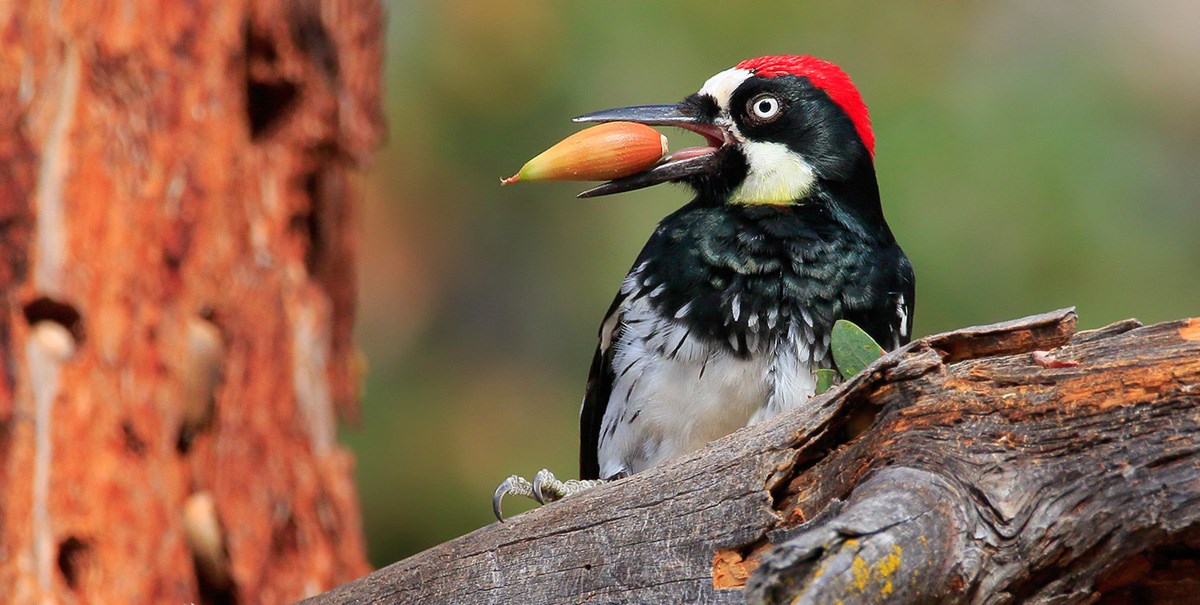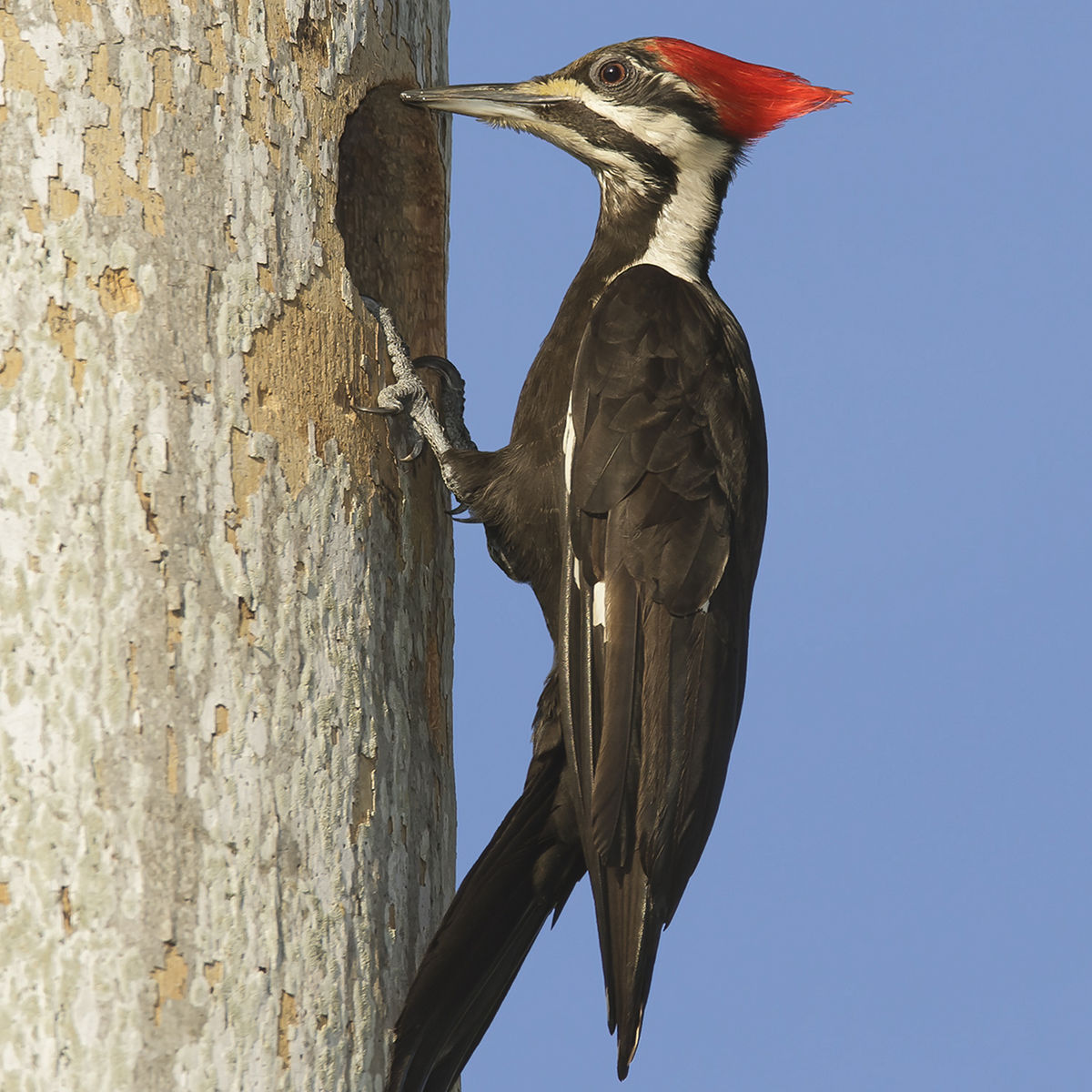Native Woodpeckers in Florida: An Overview to Variety and Behaviors
Native Woodpeckers in Florida: An Overview to Variety and Behaviors
Blog Article
Introducing the Keys of Woodpeckers: Behavior, Habitat, and Extra
Woodpeckers, with their one-of-a-kind habits and specialized adaptations, have lengthy captivated scientists and nature enthusiasts alike. By discovering the mysteries surrounding woodpeckers' habits and habitat choices, a much deeper understanding of these avian wonders arises, providing a peek right into their remarkable world.
Woodpecker Actions Insights
In analyzing woodpecker actions, an interesting display of specialized skills and adaptations arises, dropping light on their remarkable environmental particular niche. Woodpeckers, understood for their distinct drumming on trees, possess a variety of behavioral qualities that contribute to their survival and success in their atmosphere.
In addition, woodpeckers show a special feeding behavior defined by their capacity to extract pests from tree bark using their specialized beaks. Their long, barbed tongues aid in capturing victim, while their solid neck muscular tissues give security and accuracy during pecking motions. This feeding strategy permits woodpeckers to access hidden insect larvae and remove them with impressive efficiency.
Environment Preferences and Selection
What factors affect the environment preferences and option of woodpeckers? One important aspect influencing woodpecker habitat choice is the accessibility of appropriate nesting websites. Woodpeckers commonly prefer forests with a mix of fully grown trees that supply enough opportunities for tooth cavity excavation.
Furthermore, woodpeckers show a preference for environments with a bountiful supply of food resources. They are mostly insectivorous, feeding on beetles, ants, larvae, and other bugs discovered in worn out timber or tree bark. Consequently, woodpeckers tend to favor wooded areas with a varied insect population to satisfy their dietary needs.
Furthermore, the existence of dead or decaying trees is another vital variable in woodpecker habitat option. These trees not only supply food resources however also use ideal substrate for tooth cavity excavation. Dead trees are vital for the maintenance of healthy woodpecker populations, as they play an important duty in the woodpeckers' life cycle and ecosystem characteristics.
Feeding Habits and Diet Regimen Make-up
Woodpeckers show a specialized feeding habits concentrated on foraging for insects within numerous habitats. Their diet plan primarily includes pests such as beetles, ants, caterpillars, and spiders, which they find by touching on tree bark and listening for the noise of movement inside. Woodpeckers utilize their solid beaks to pierce into the timber and their long, barbed tongues to extract target from crevices. Along with pests, woodpeckers likewise eat tree sap, fruits, nuts, and seeds, including selection to their diet regimen depending on the period and schedule of food look here sources.
The foraging methods of woodpeckers are well-adapted to their arboreal way of living (Woodpeckers in Florida). Their ability to excavate wood not only provides them with food but likewise helps linked here in producing nesting dental caries and developing areas. Woodpeckers play a crucial function in maintaining the health and wellness of forests by managing insect populations and helping in the disintegration of wood. Comprehending their feeding routines and diet plan make-up is vital for preservation initiatives focused on maintaining these distinct and valuable birds.
Drumming Sounds and Communication
Using fast drumming audios on different surface areas, woodpeckers employ an unique kind of interaction to signify territory boundaries and attract companions. This drumming habits is not just a way of communication yet also functions as a method for woodpeckers to establish their presence within a specific location. The strength, rate, and pattern of the drumming can share vital information to various have a peek at these guys other woodpeckers in the area.
Woodpeckers make use of drumming audios to announce their presence in a region and to warn off possible burglars. The loud and repetitive nature of the drumming functions as a clear signal to other woodpeckers that the area is already claimed. This helps in minimizing conflicts and reducing physical confrontations in between individuals.

Survival Adaptations and Specialized Anatomy

Conclusion
Finally, woodpeckers exhibit special actions, such as drumming audios for communication, and have actually specialized anatomy for survival in their chosen environments. Their feeding behaviors and diet regimen make-up additionally show their adaptability to different atmospheres. By understanding these facets of woodpeckers, researchers and conservationists can much better safeguard and protect these fascinating birds and their communities.
Report this page